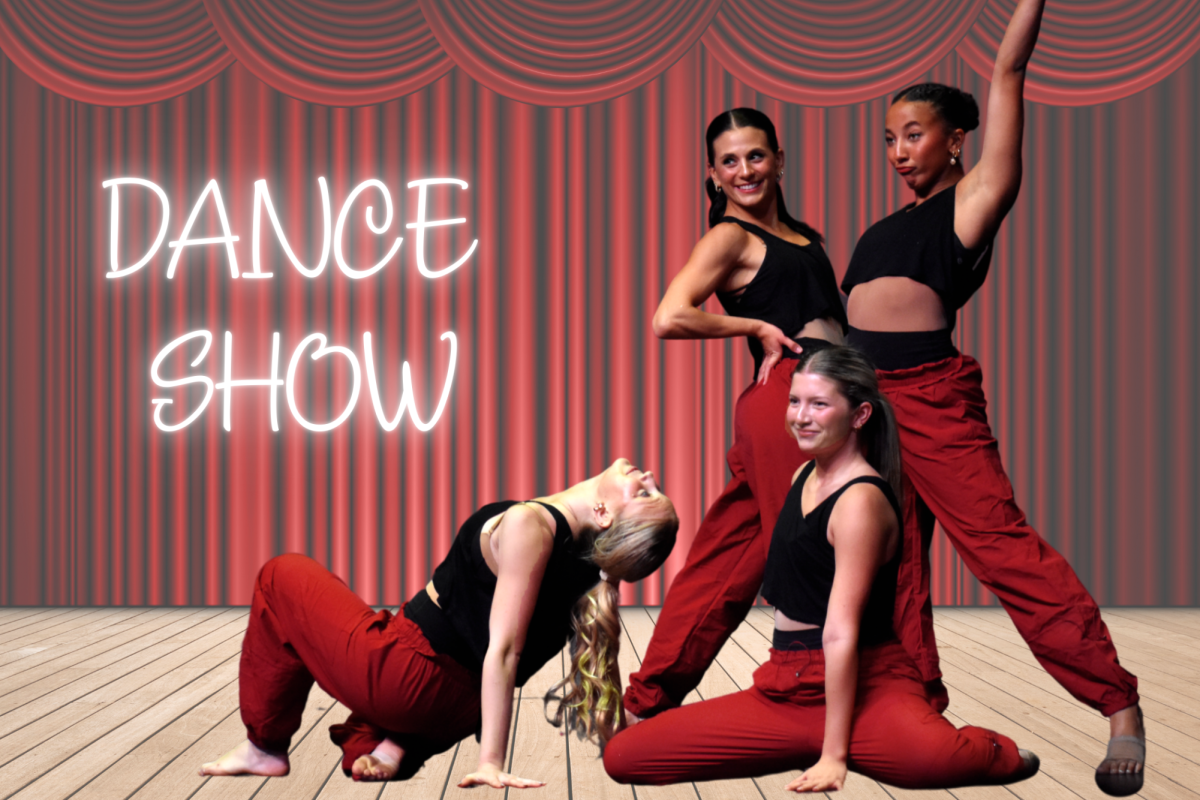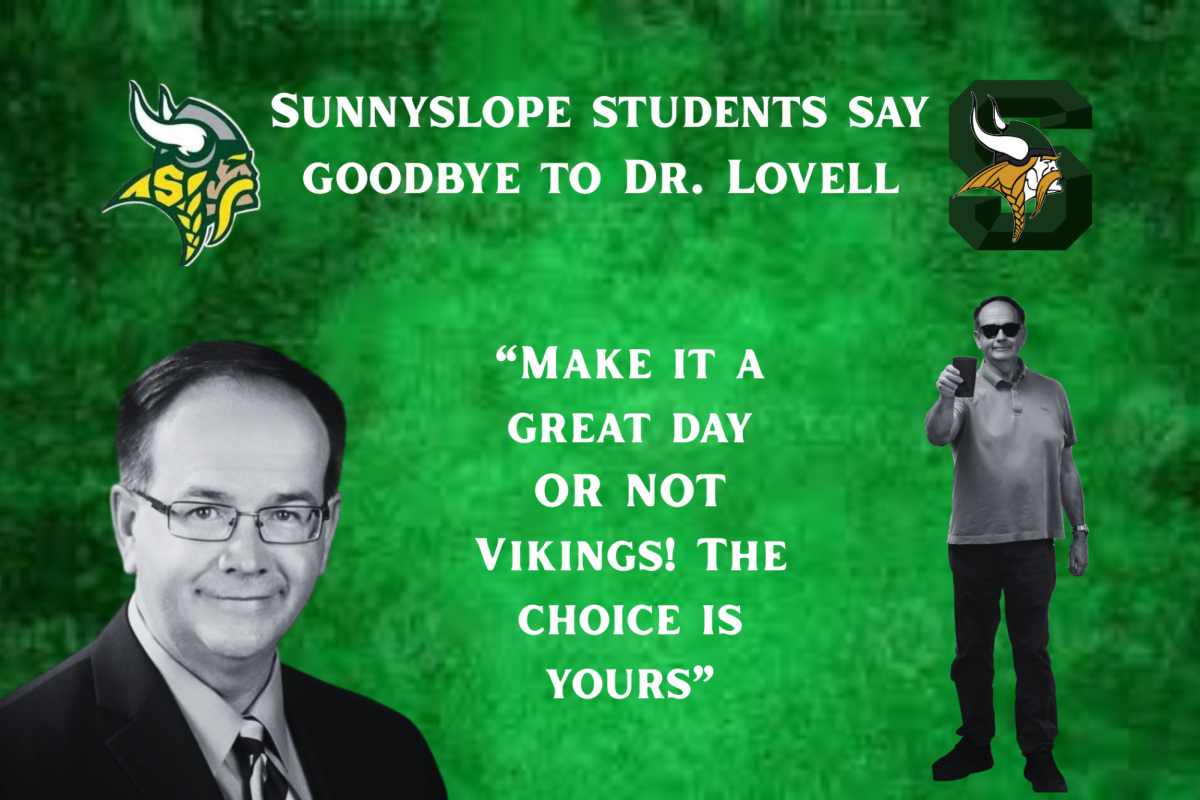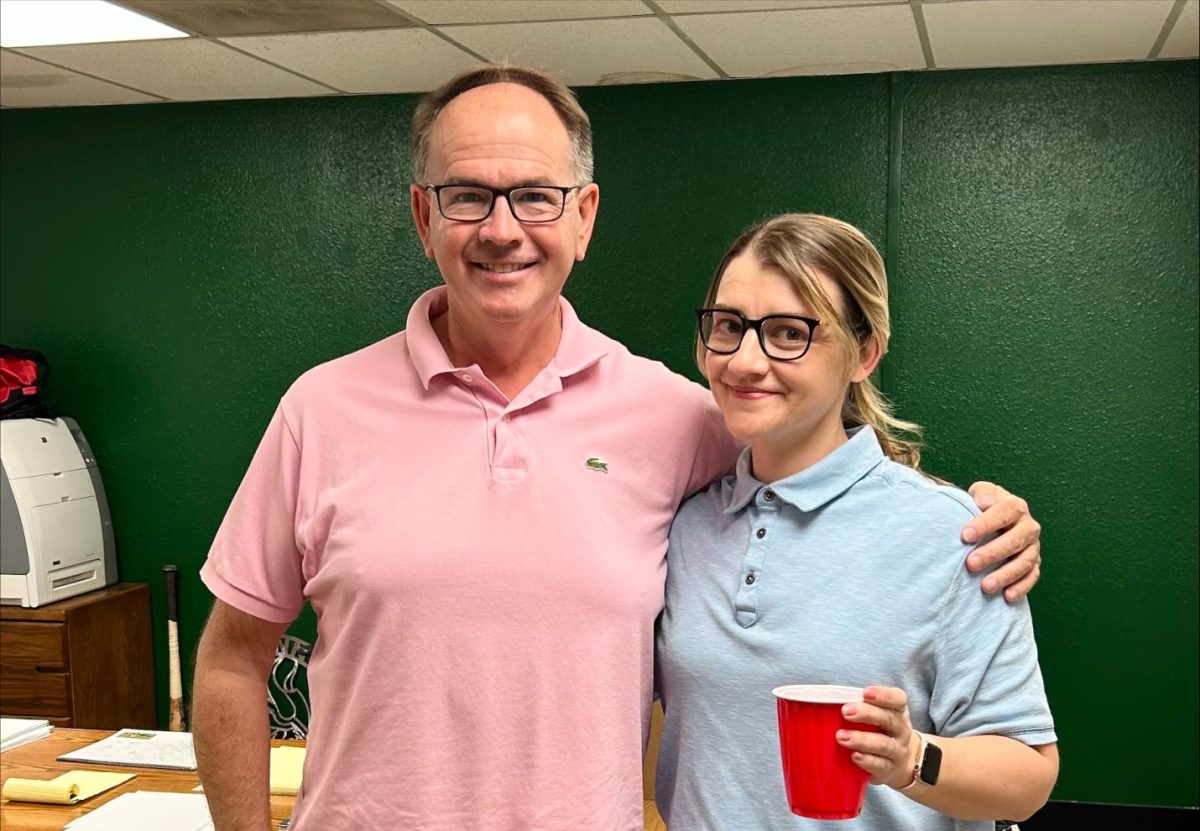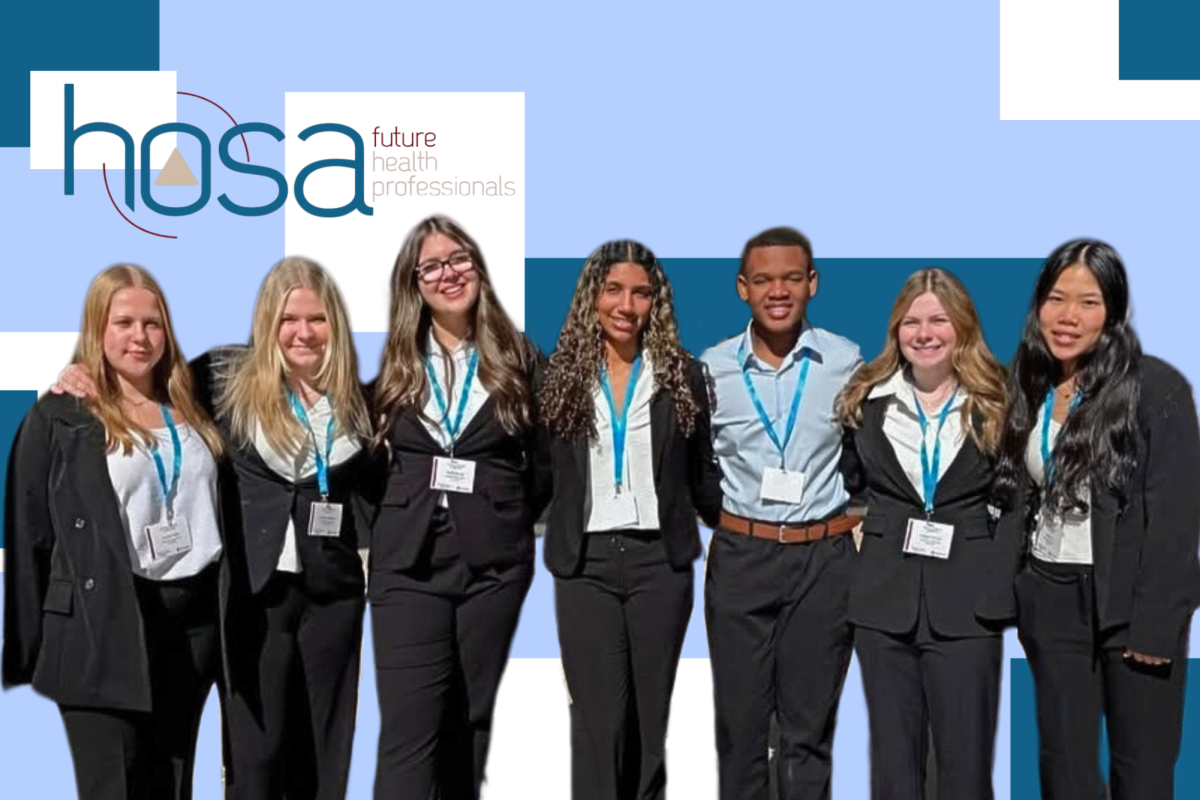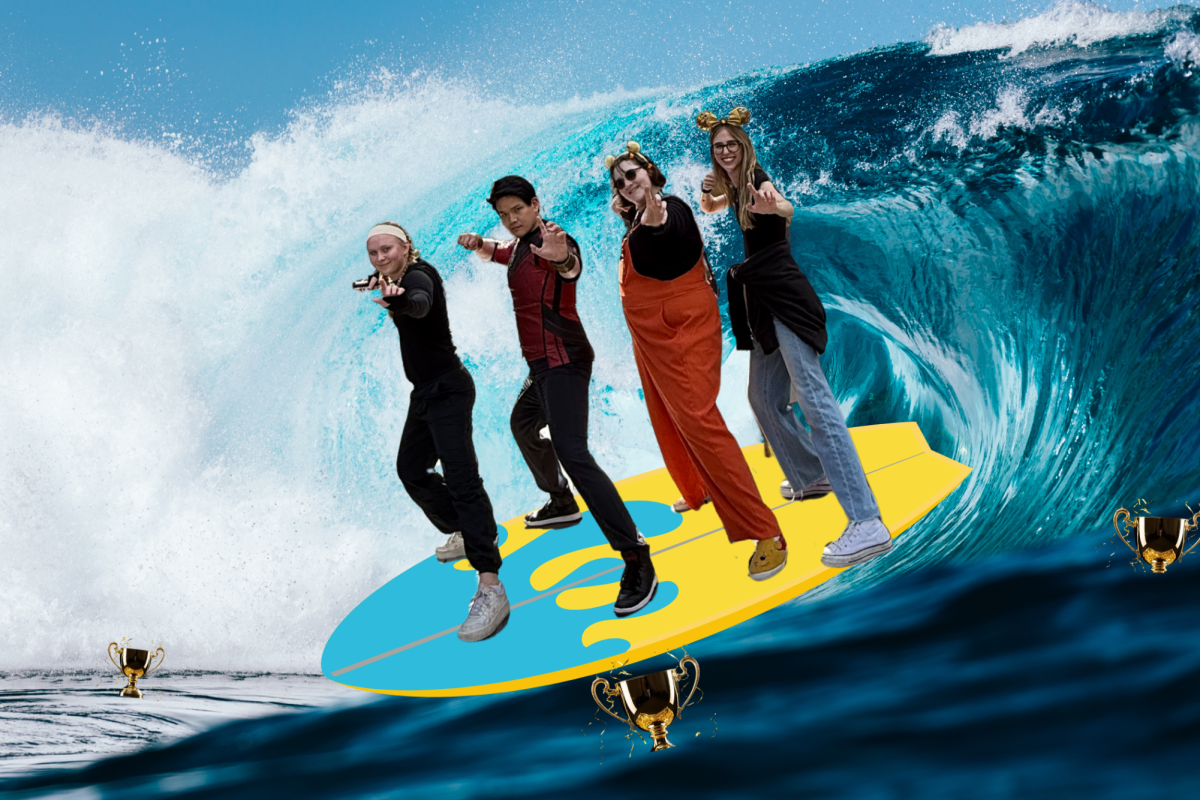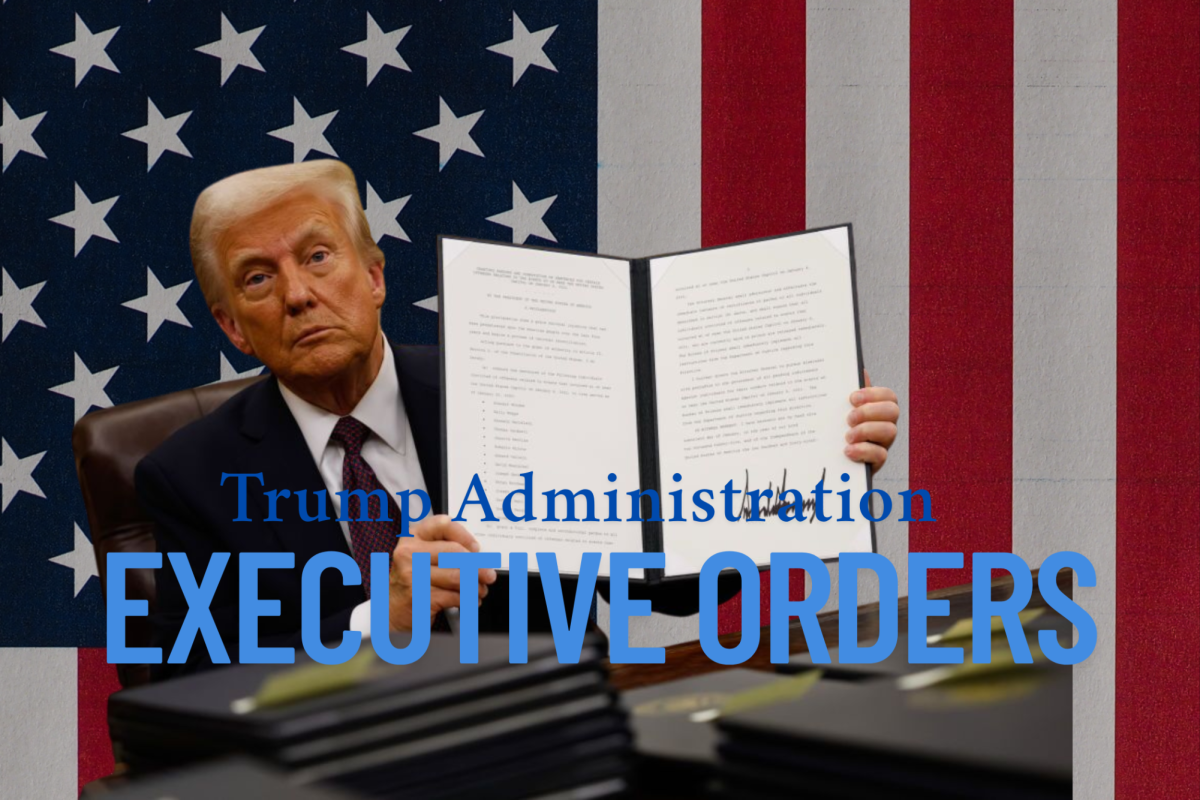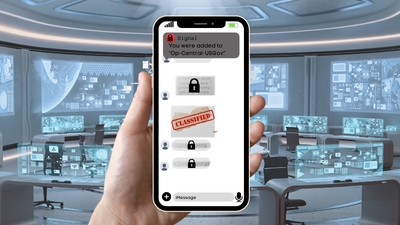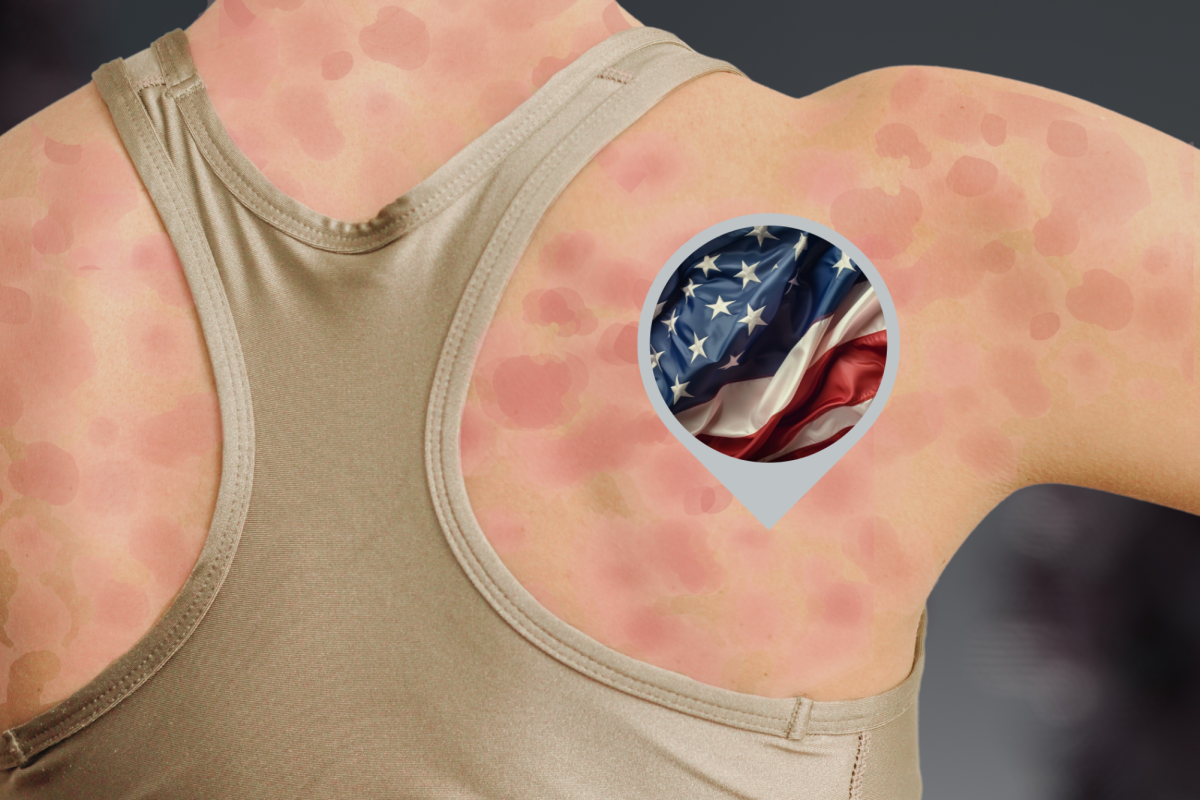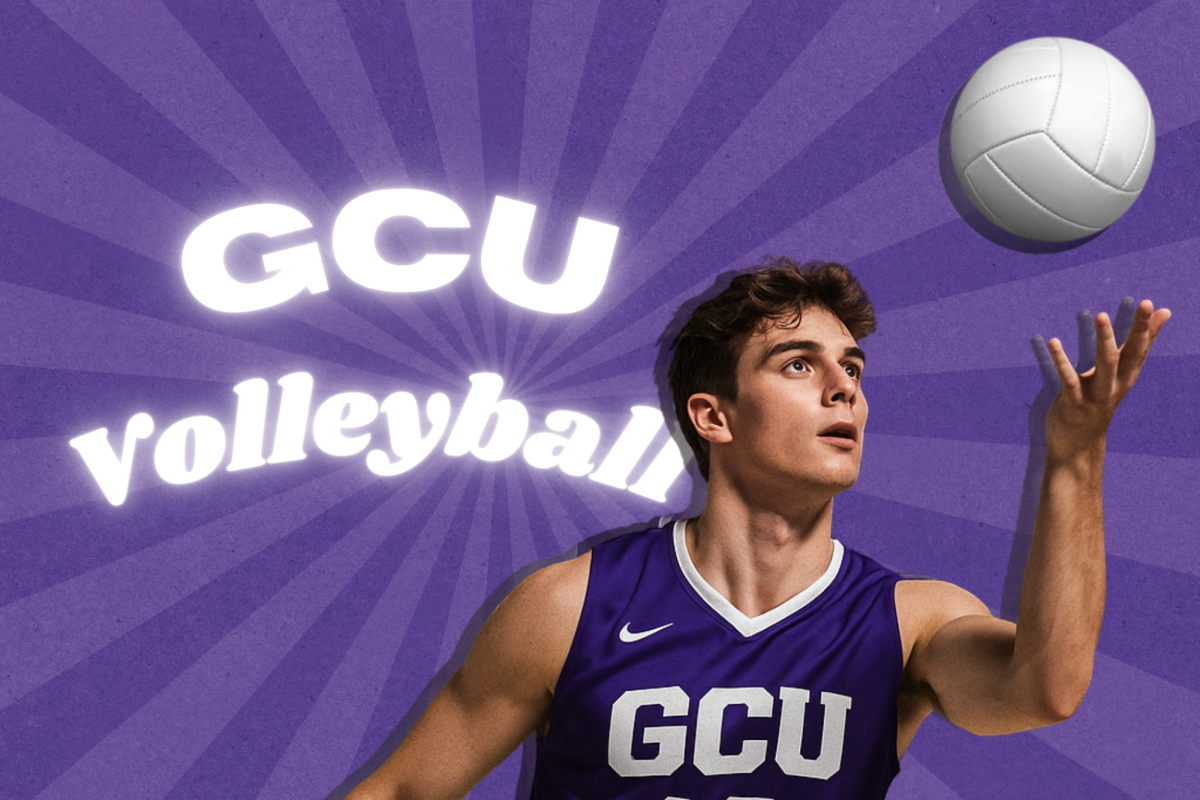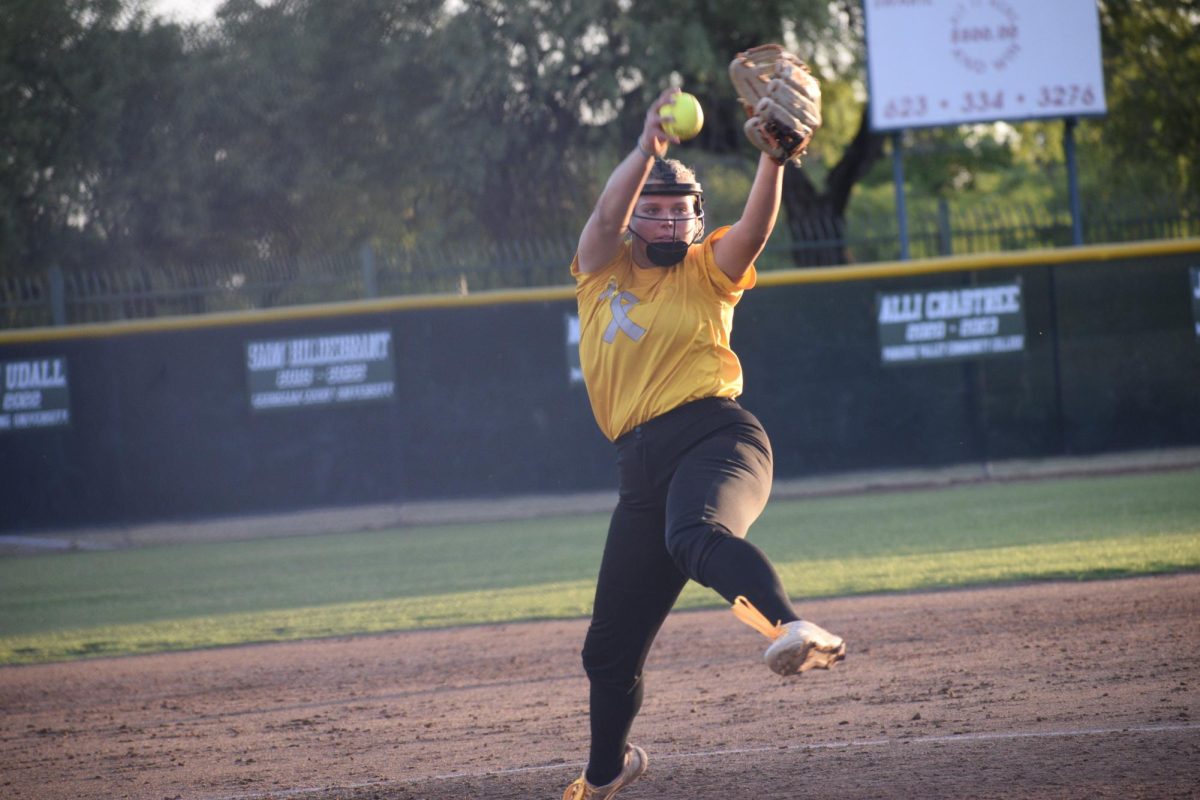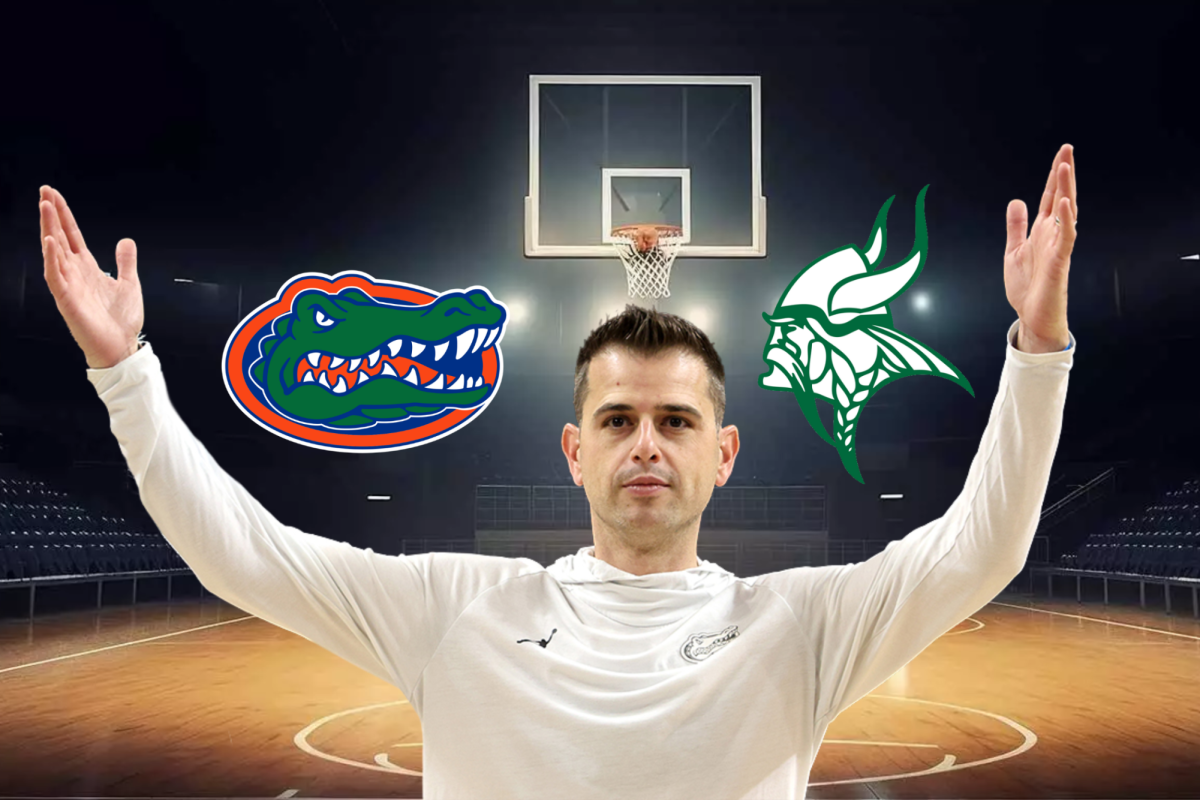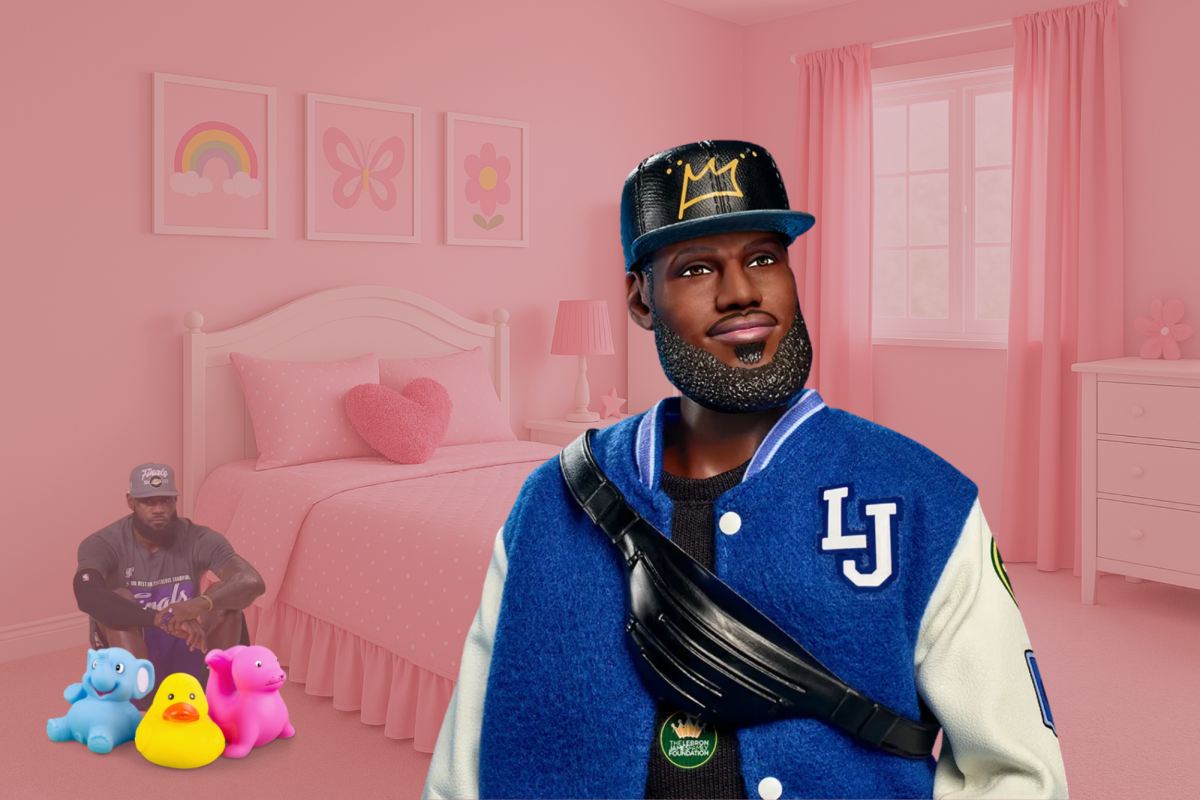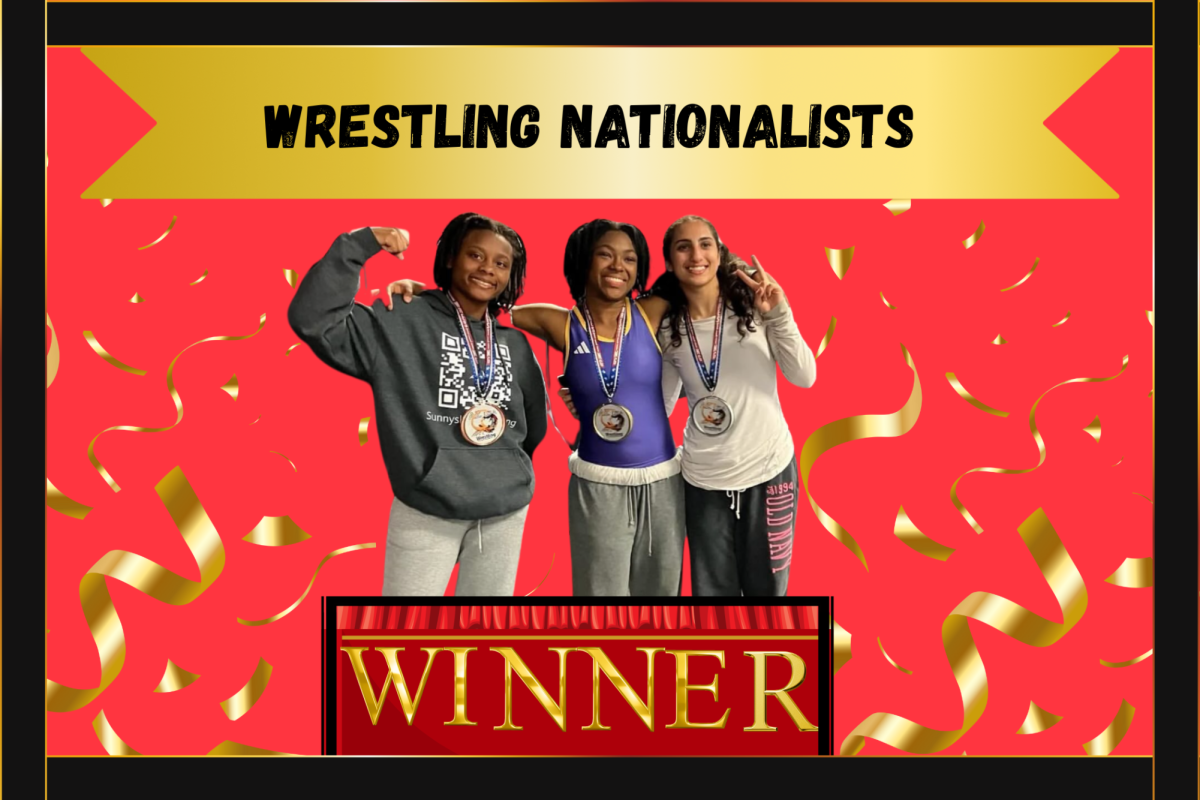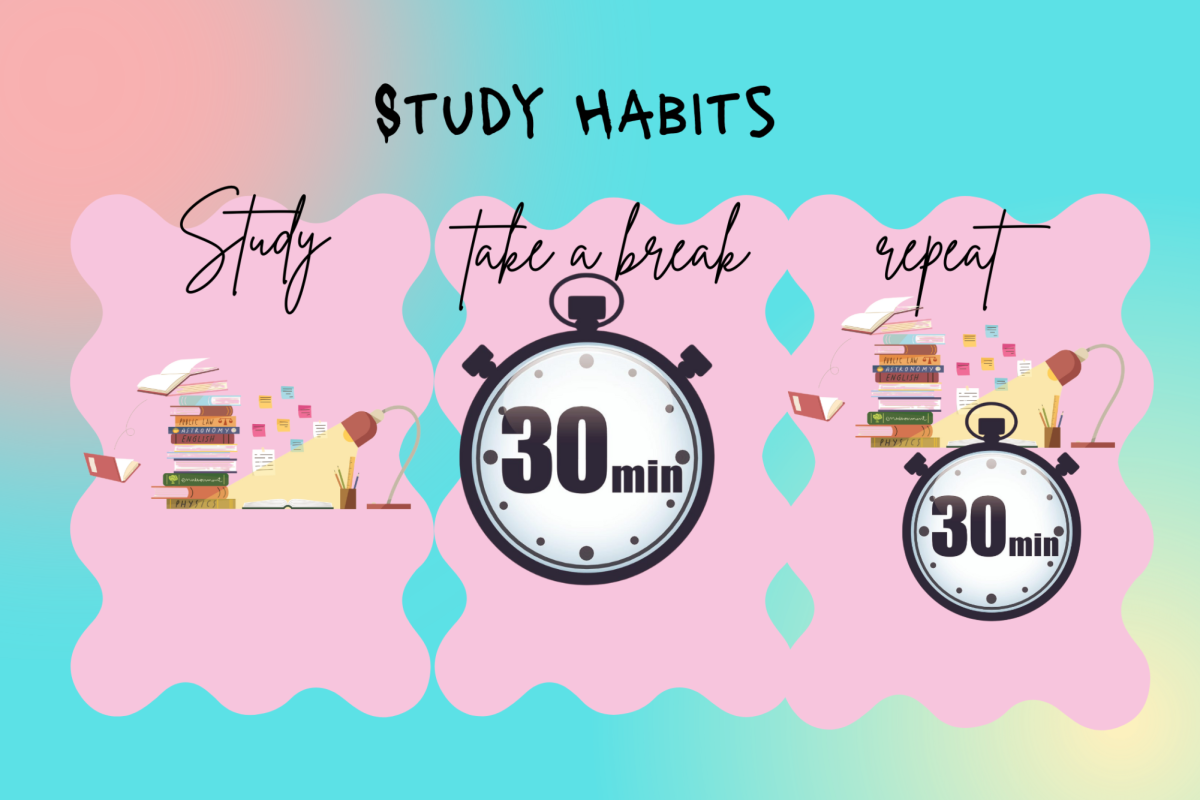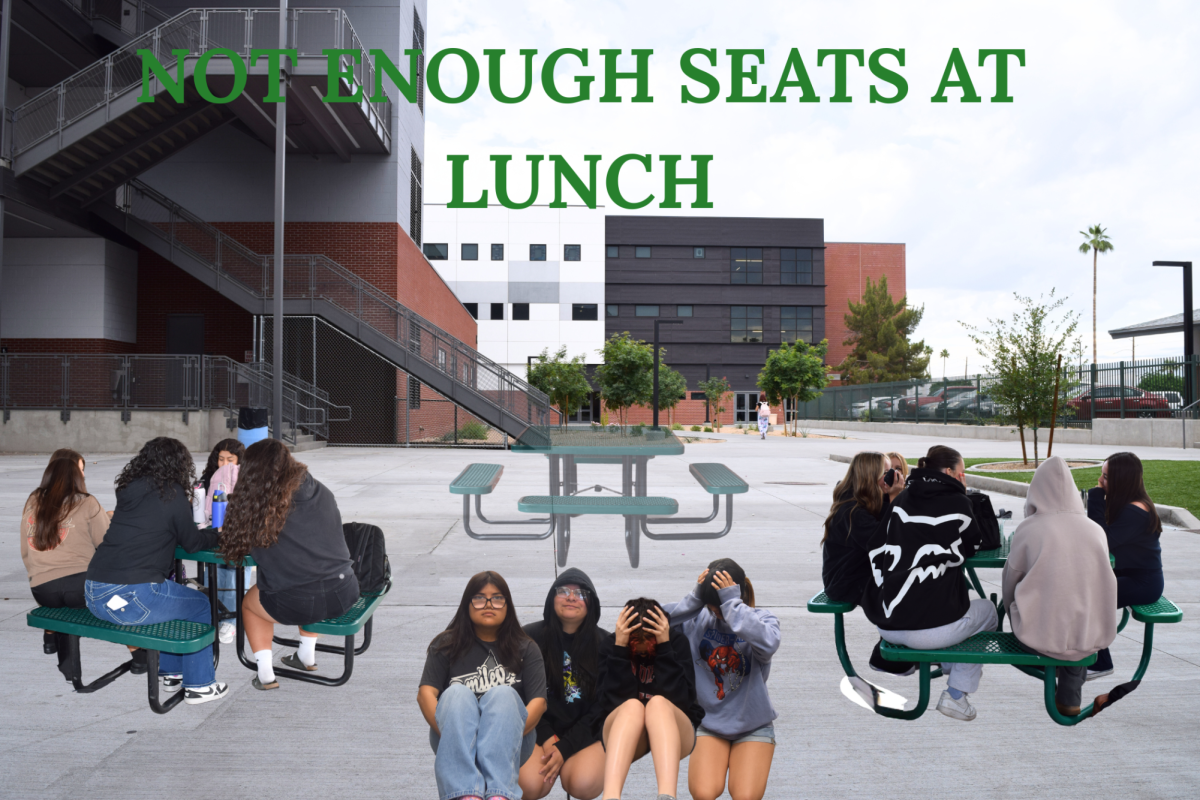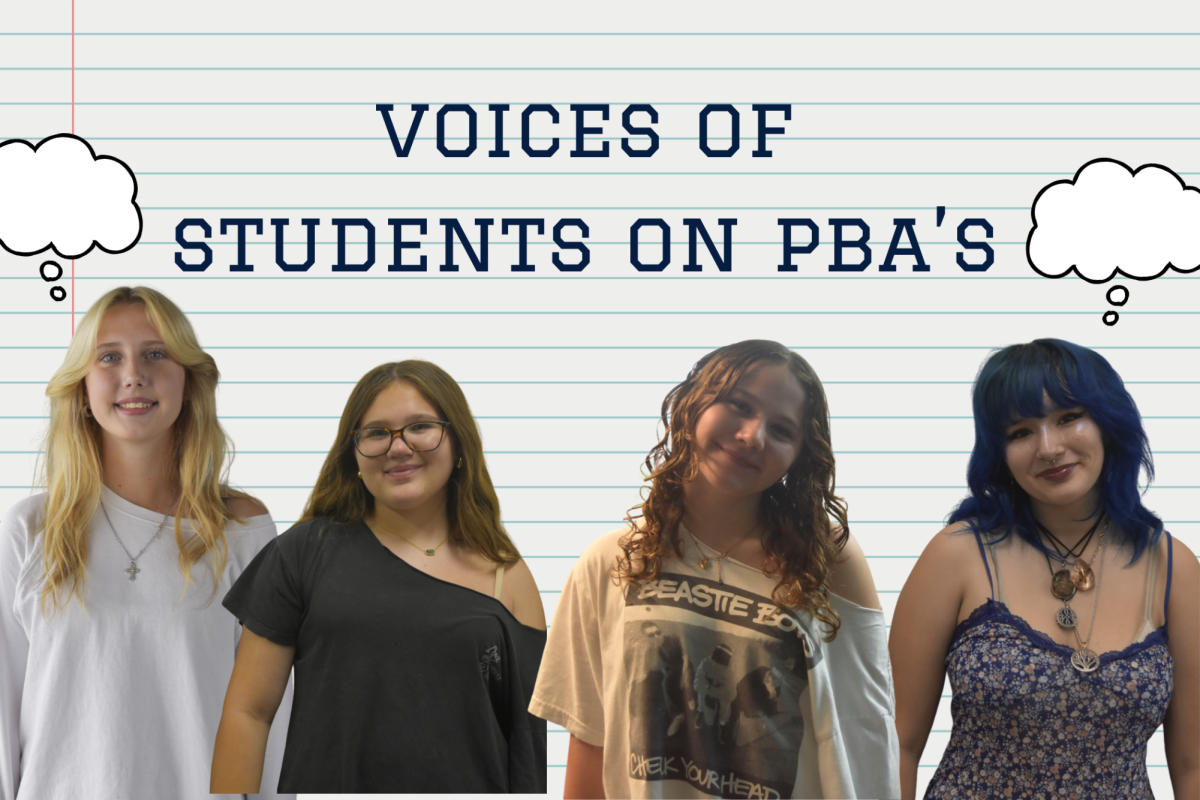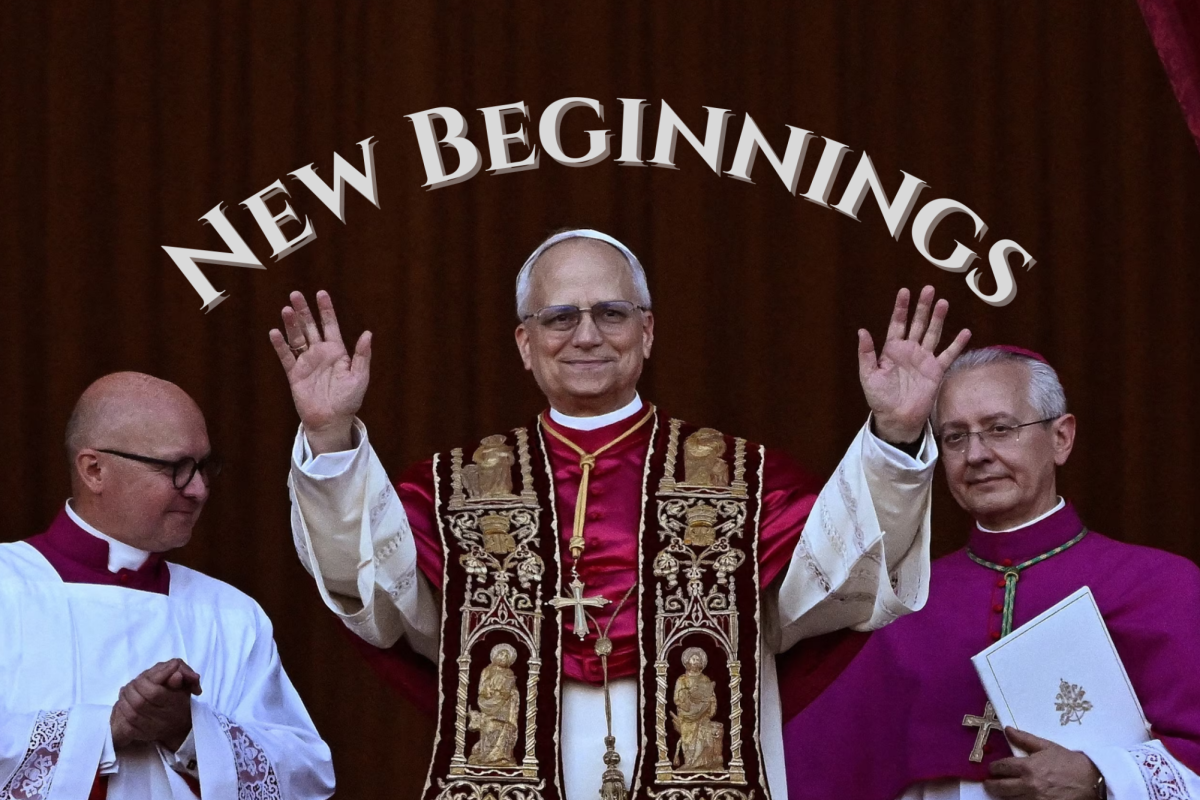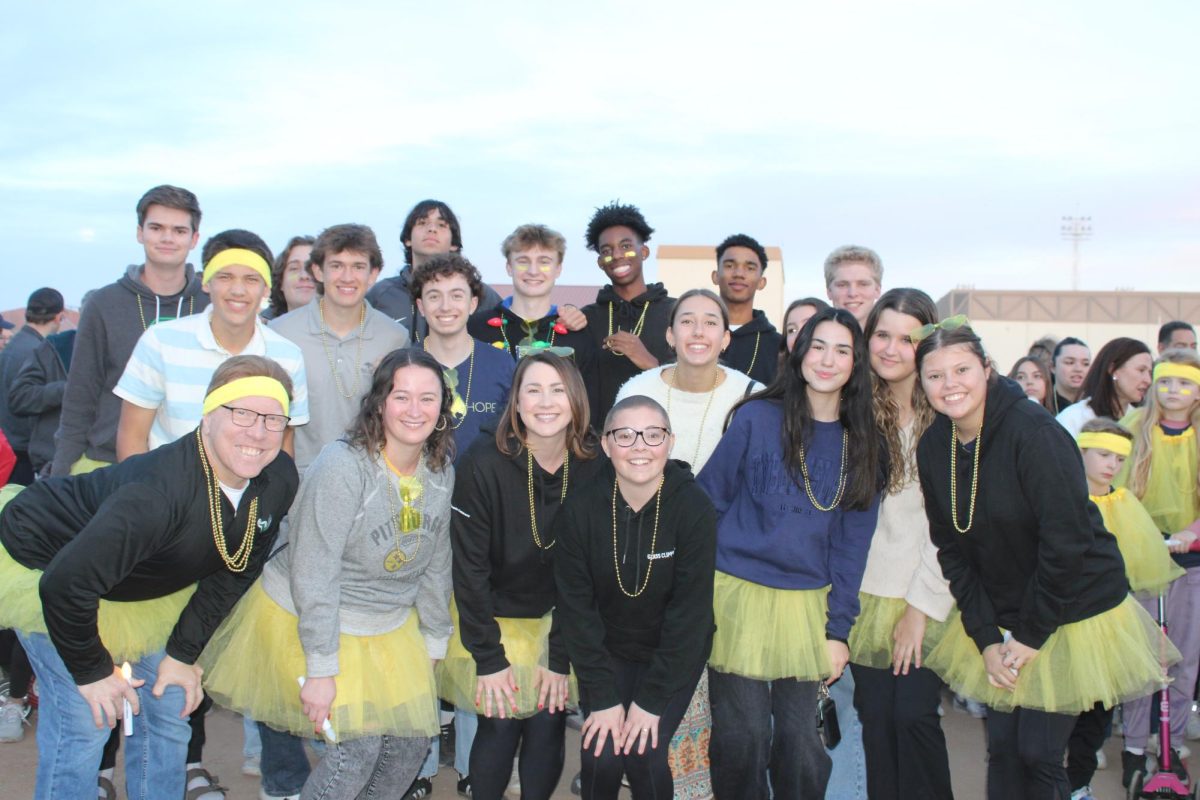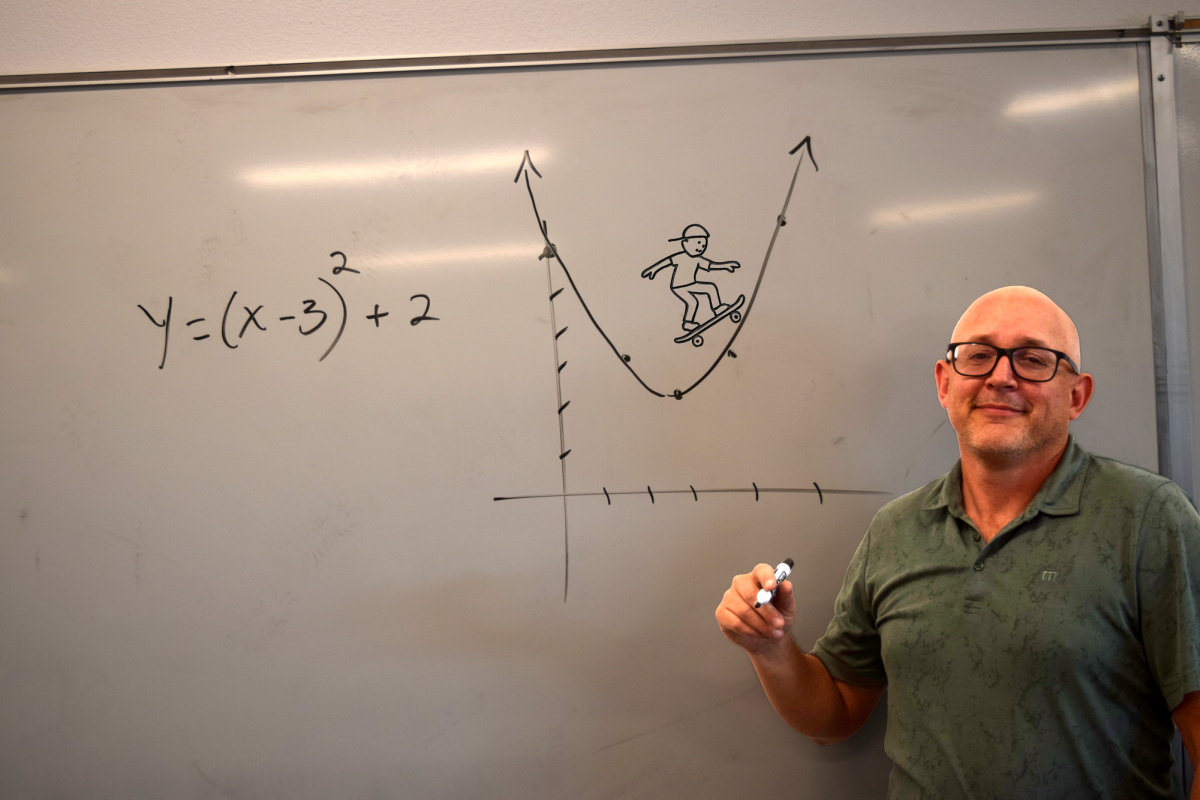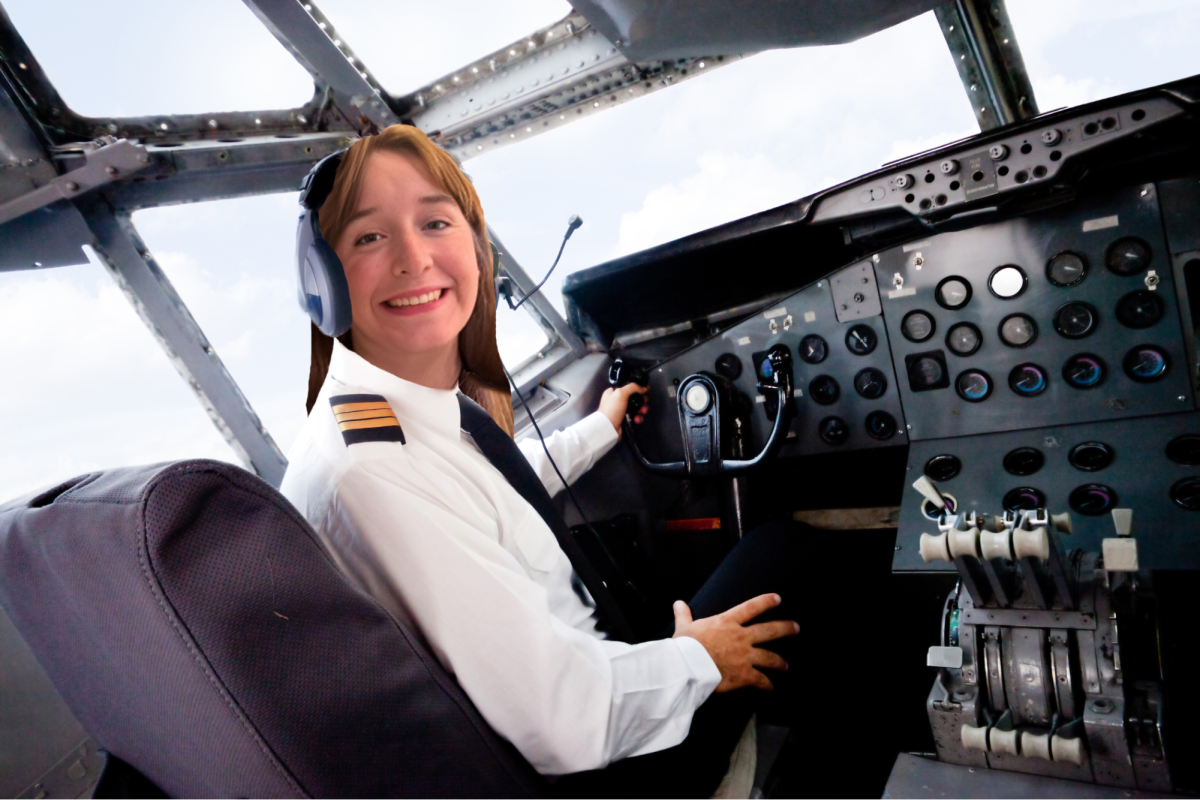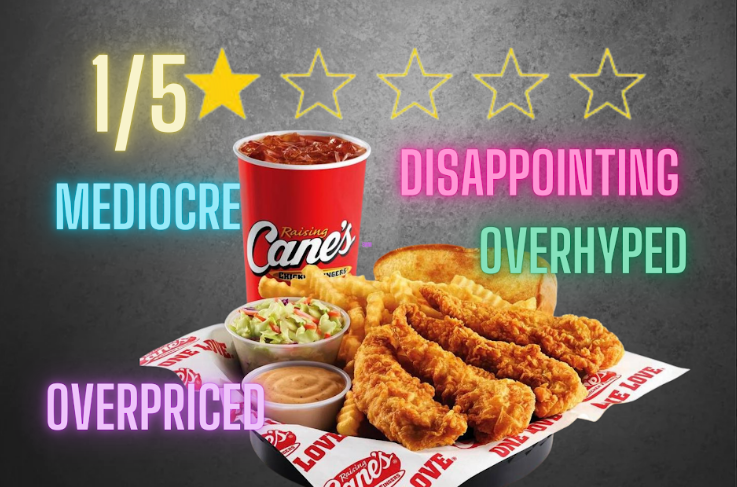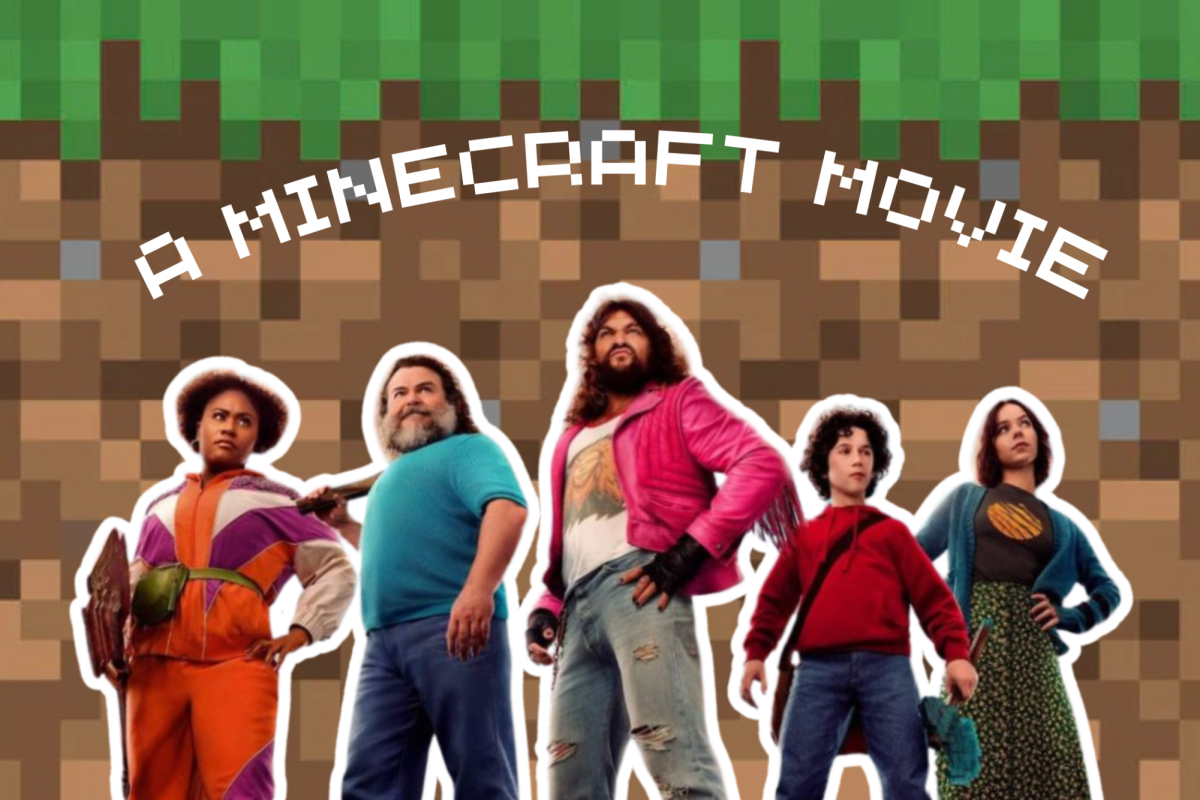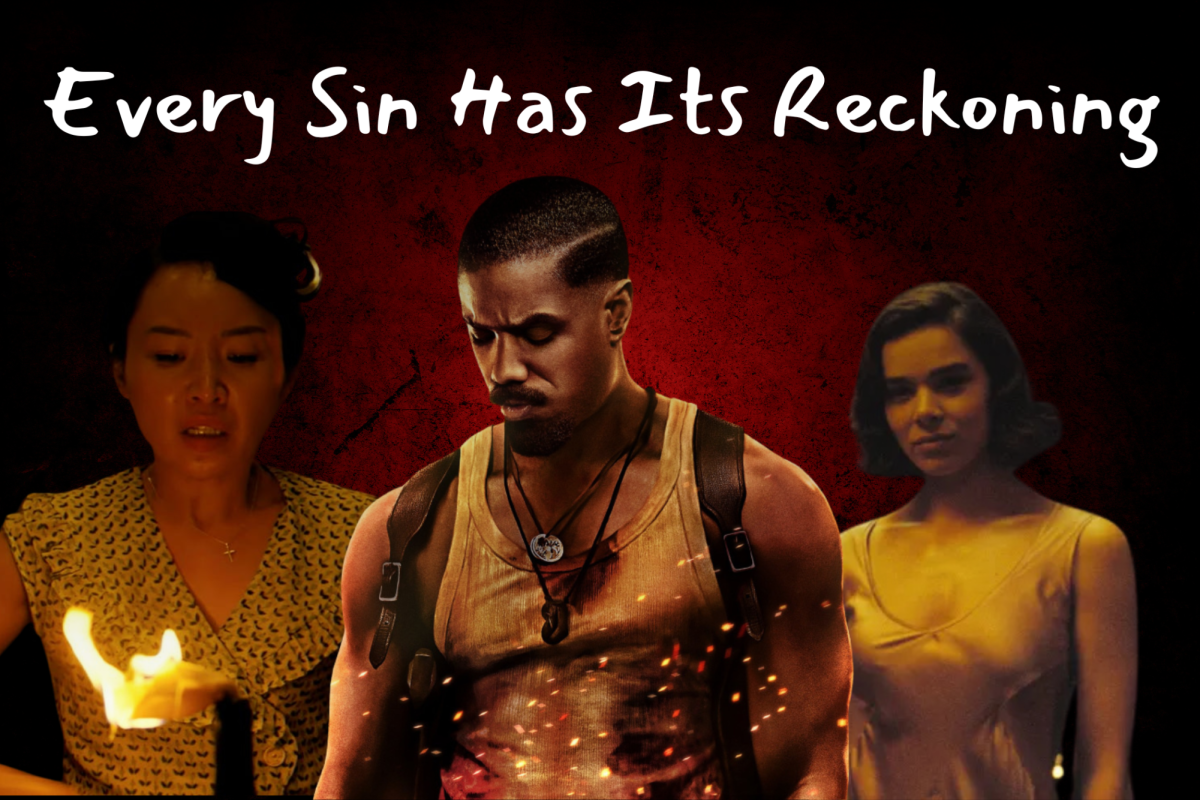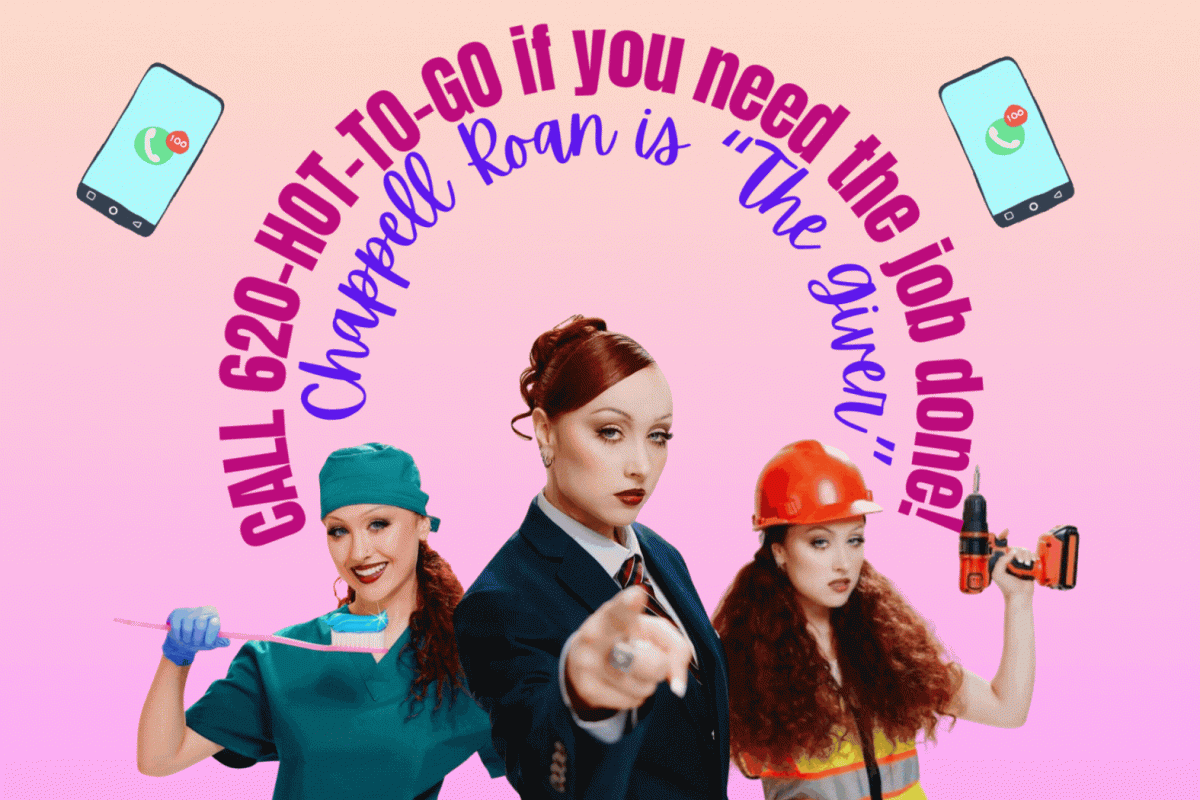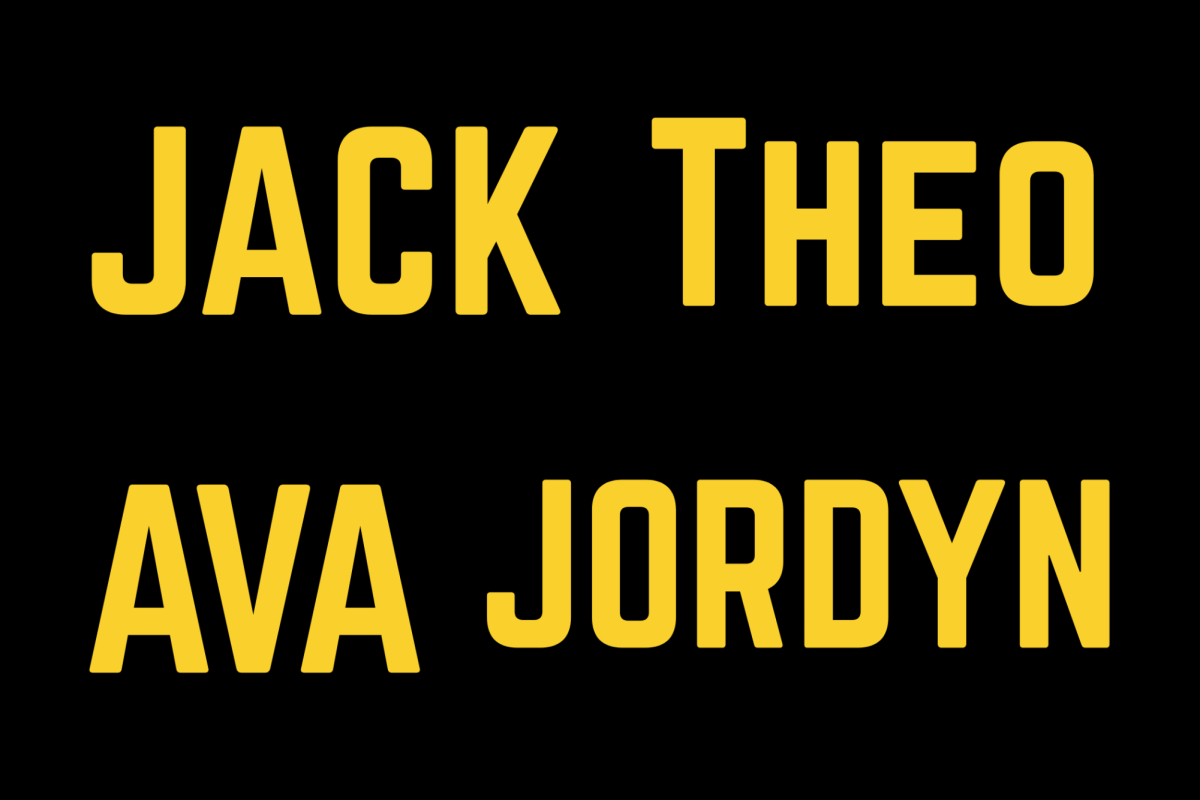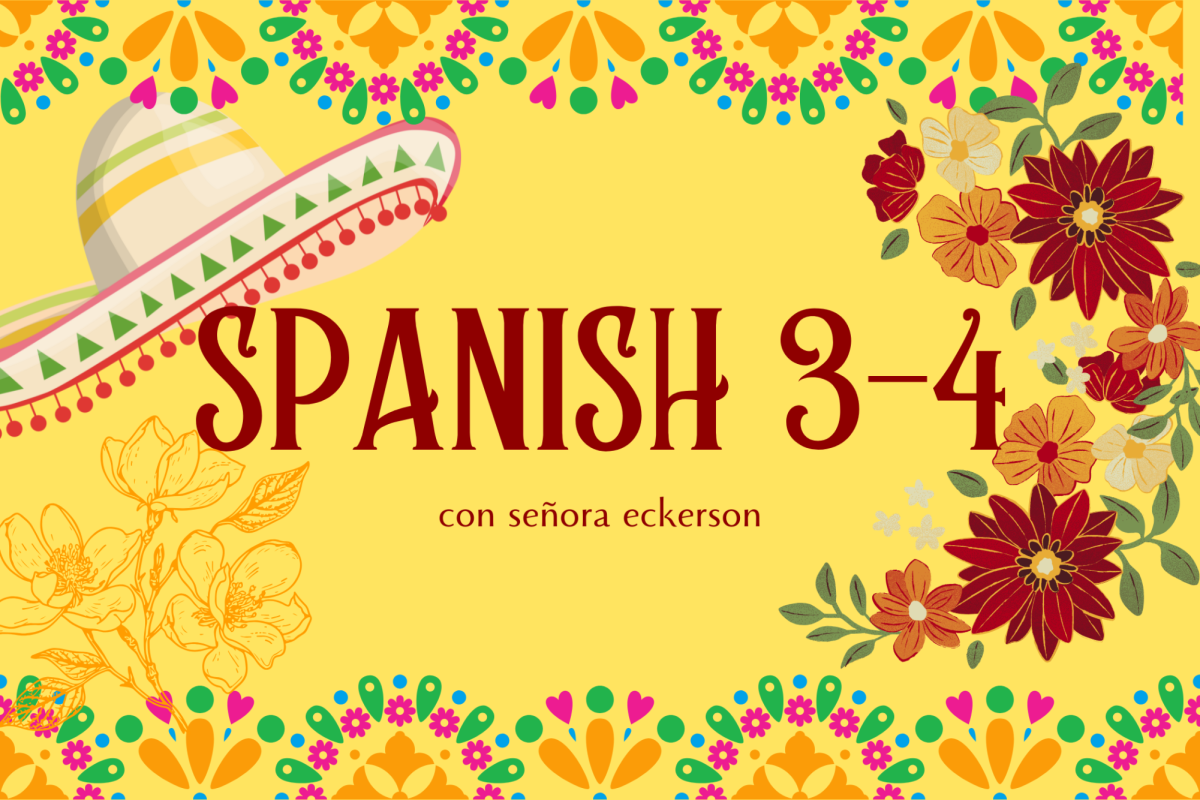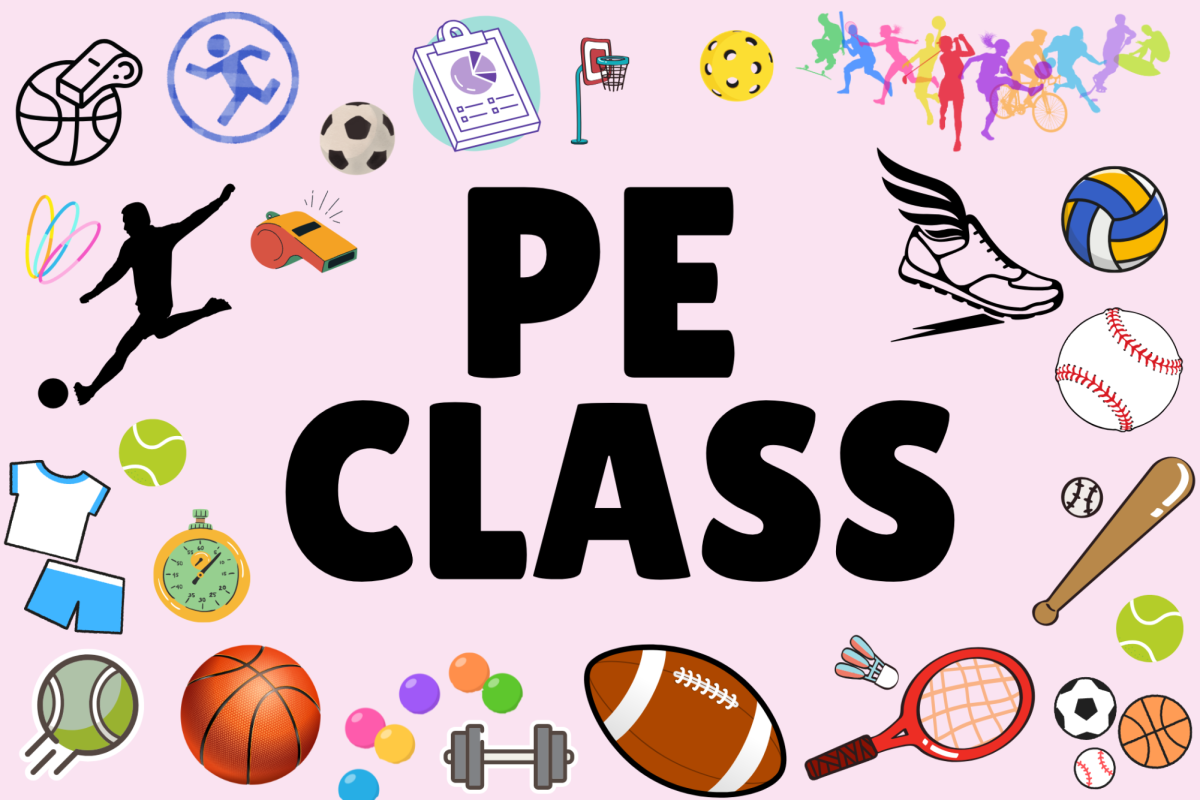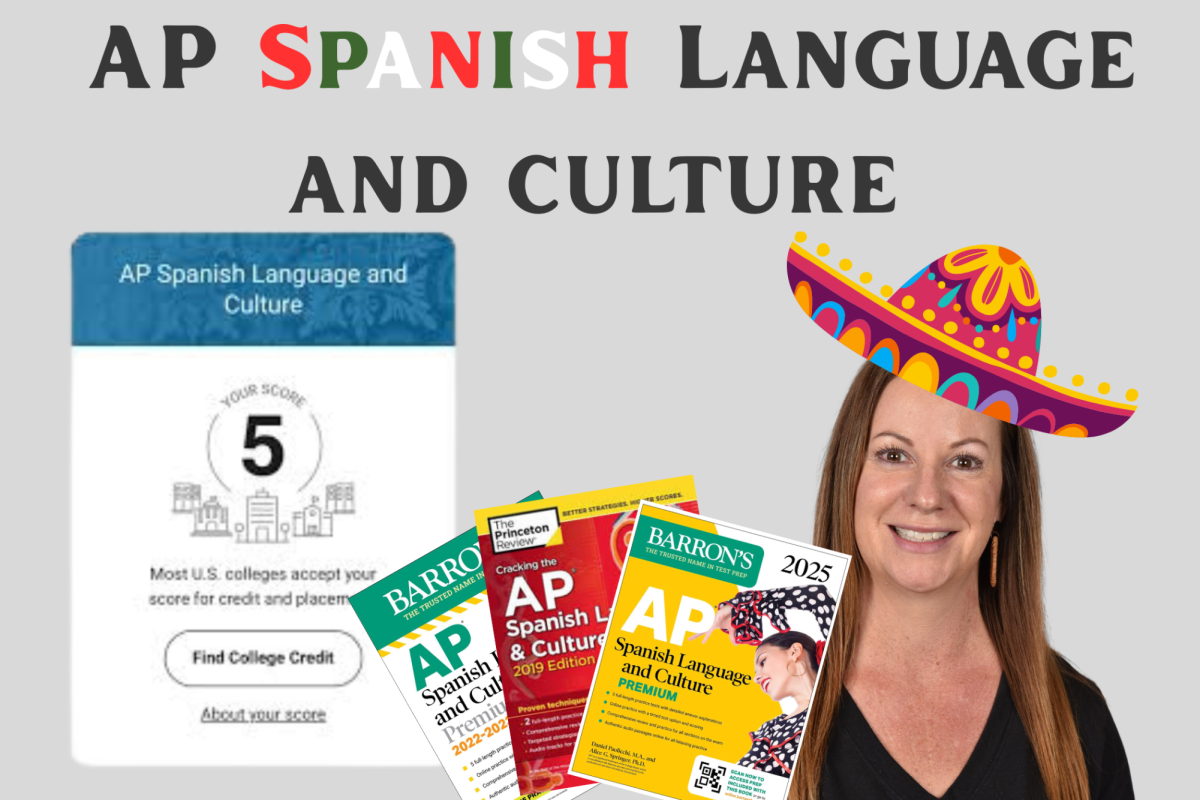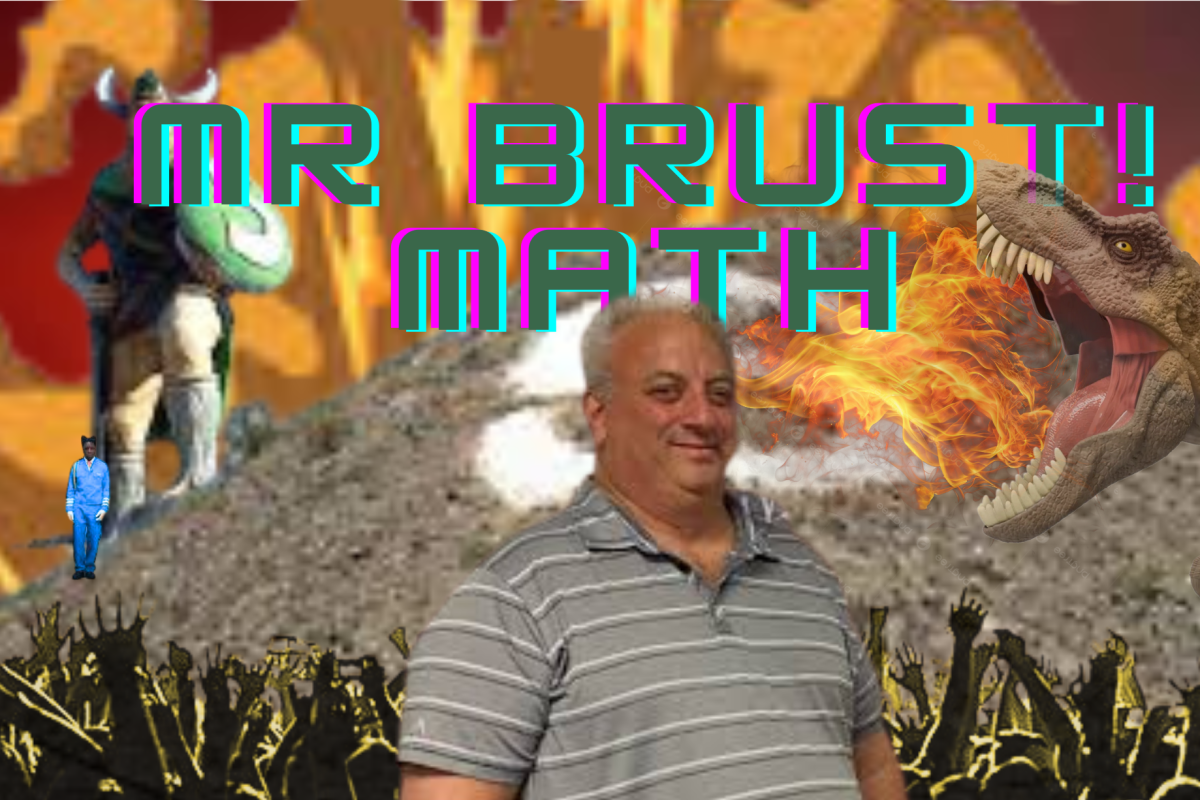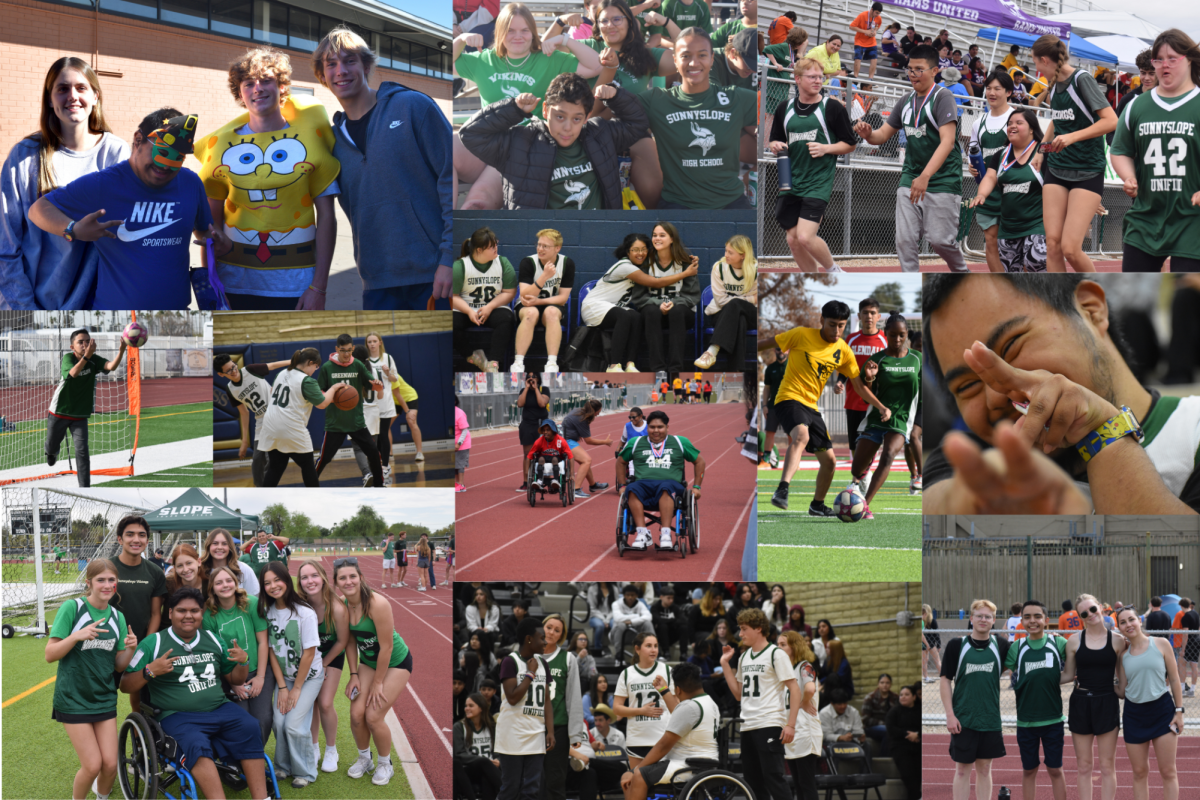“Don’t see the label, see the able,” says multiple signs posted around school; however, do students truly know the signs’ meaning?
These signs were created by Sunnyslope’s community-based program, to encourage students to spread inclusion, growth, and independence.
Community-Based Learning Teacher Kimberly Celaya explained, “Community-Based Instruction (CBI) is a teaching approach that moves instruction outside the traditional classroom, into real-life community settings, to teach functional skills and promote independence for students. CBI is a strategy where students learn and practice skills in natural environments, such as grocery stores, libraries, or community centers, rather than solely in the school setting.”
Community-based students take multiple classes each day just like the general education students, but focus on different academic and social levels.
“A typical day is full of interaction, teamwork, and skill-building,” Math Fundamentals Teacher Michael Sidebottom said.
Sidebottom continued with more description of the students’ daily routine. “Students can be seen engaged in academic tasks, life skills training, social activities, and Unified Sports. They learn communication, independence, and collaboration, all while forming meaningful connections with their peers. Every day is different, but the focus is always on growth, inclusion, and fun,” Math Fundamentals Teacher Michael Sidebottom said.
The skills taught in community based learning are the same skills as most high school students: reading and arithmetic; however, within the classes — just like all students — the classroom has varying levels of progress and speed.
“We are learning the 3 m’s thing [mean, median, and mode]– it’s not my favorite but Mr. Sidebottom makes it fun,” Senior Fantasia Delgado.
A key part of the curriculum is to teach students real-world skills they can use in their everyday lives.
Celaya explained, “We practice safety in the community, such as who is safe to talk to, reading community signs, and crossing the street. We also practice social norms such as identifying the correct restroom, waiting in lines, navigating crowds.”
“We go on a few community-trips each month. Some of my students’ favorite places have been the State Fair, Children’s Museum, Science Center, Phoenix Zoo, and OdySea Aquarium.”
While fun locations, Celaya said, “each trip also ties into our academic curriculum.”
One student is looking forward to a trip to a petting zoo.
Freshman Maggie Hinks said, “We are going to see cows, and chickens, and pigs, and sheep!”
One way more students and staff have interacted with the community based learners is the mail delivery program Celaya created in 2018.
It helps students practice these social skills in a more comfortable setting.
“We currently deliver mail to over 60 teachers on campus during 2 class periods.”
The program benefits dozens of teachers who won’t have to make a trip to the mail room that day, but Celaya’s program is a real benefit to her students.
“I think the students enjoy the opportunity to get out of the classroom and interact with so many different people on campus. Any given day, we see the teachers on our mail route, other teachers or admin walking around, and so many students,” said Celaya.
The Mail Delivery Program also teaches students responsibility, communication, and organizational skills.
Hinks said, “I like passing out mail. I get to go everywhere and see all my friends!”
Celaya has seen the CBI program grow over her past 10 years of teaching in numerous ways.
Celaya said, “My favorite changes over the years have been the opportunities for inclusion. In addition to our mail delivery, my students all participate in Adaptive PE, and electives.”
Many community-based students go to art as an elective throughout the day.
Senior Roberto Garcia said, “I go to art everyday, I like drawing Bluey and Minecraft. Anything from my phone I like to draw the most.”
As the program has grown over the years, there’s more opportunity for learning and physical activities, like Adaptive PE.
Adaptive PE Coach Amber Geer teaches the class every 3rd period.
“The class gives us the opportunity to love and support other people. It gives us a chance to serve and focus on others other than ourselves. Each student is completely unique, as we all are. They communicate totally differently, and they have different needs and desires. The more time we spend with them one on one, the more we get to know them,” said Geer.
The class is run like typical PE classes at Sunnyslope as the students do different sports units just with a different spin on them.
Geer said, “We watch announcements, warm-up with a walk around track or a fun activity and then we play.…We want our students moving and enjoying their PE time. They love scooters, jump rope, duck duck goose, sharks and minos, tag, silly games, etc. They love interacting with their fellow peers and just having fun.”
These types of activities are very popular with the students, and some having it as their favorite class.
Sophomore Victor Lopez said, “I love chasing my friends around and going very fast. I like scooters, they are the most fun.”
In Adaptive PE, students also focus on certain sports for the Unified Sports club competitions, where all of the Glendale Union High School District’s community-based programs come together to connect with the other programs.
Sidebottom explained, “Vikings United has grown tremendously, becoming a key part of Sunnyslope’s culture.”
With quarterly competitions in badminton, soccer, basketball and track, “More students are getting involved, and the sense of inclusion, friendship, and teamwork has strengthened.”
With all of these events, the program has needed volunteers so, “we’ve expanded Unified Sports, school events, and leadership opportunities, creating a space where everyone feels valued.”
Each competition is completely different from the last, which is part of the fun of attending them each year.
Sidebottom said, “One of the best moments was watching our students compete in the Unified Sports events and seeing their classmates cheer them on. The excitement, the support, and the smiles on their faces made it unforgettable. I look forward to the Unified Championship track meet every year.”
At each competition, one student leads others in reciting the message ‘let me win, but if I cannot win let me be brave in the attempt,’ encouraging students to try their hardest but still have fun.
Junior Ima Haywood said, “I ran a lot and won 1,2,3,4,5 medals at the track meet!”
General Education students can participate in these competitions and assist the athletes. Students can also peer tutor for community-based classes as teachers assistants.
Celaya said, “Sunnyslope has a Peer Tutor program where students can interact with our students daily, take them to an elective class, become friends with them, and learn more about a variety of disabilities they have.”
Title I Coordinator Nikki Calandra places students in peer tutor electives for students interested.
“Peer Tutors take this as an elective class and earn a full credit,” Celaya said,“An additional perk to the peer tutor program is that the other students learn how interesting and fun my students are. They learn so many ways that all students are the same, regardless of ability level.”
By participating in the peer tutoring program students can form lifelong friendships and memories.
Haywood said, “I love peer tutors! They are my best friends even if they are silly chicken nuggets.”
By actively participating in the entire school community, students can meet different types of students from a variety of backgrounds.
Geer said, “I want everyone to know that this program [CBI] is about the relationships and trust that are being established every day. The class gives us the opportunity to love and support other people. It gives us a chance to serve and focus on others other than ourselves.”
With programs like this, it teaches all students about the importance of inclusion at school and in life not just during Autism Acceptance Month.
“Inclusion benefits everyone. It’s not just about supporting students with disabilities—it’s about building a school culture where kindness, friendship, and understanding are the norm. When we all come together, our entire community is stronger,” said Sidebottom.


